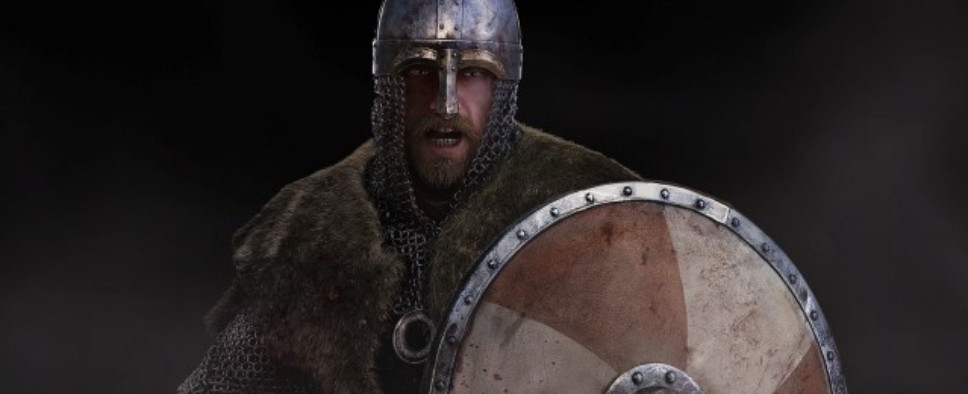Mount & Blade II: Bannerlord Blog Updates
-
Category: News ArchiveHits: 2192

Since the last time we checked, TaleWorlds has published a number of new entries to their development blog for Mount & Blade II: Bannerlord. The posts cover subjects such as the improved sieges, motion capture and animations, facial animations, and factions. A snippet:
Bannerlord is set 200 years before Warband. Players who followed Warband's lore will recall that Calradia was once an empire, which declined and was supplanted by successor states -- tribal confederations-turned-kingdoms -- much as the Western Roman Empire was supplanted by early medieval states. Bannerlord lets you join those rising kingdoms at an early stage in their development, and it also lets you join the Empire. Weapons, armor, clothes and architecture should date from around 600 to 1100 AD, rather than the 13th century. There's the Vlandians, a tribe whose chieftains have become feudal lords and are renowned for their skills as heavy cavalry. There's the Sturgians, who colonized the forests of the north and specialize in axe- and sword-armed footmen. The Aserai live in the scrubland and desert oases of the south and fight on both horseback and foot. The Khuzaits, a steppe tribe that conquered the trading cities of the east, make heavy use of horse archers. The Battanians meanwhile are skilled in exploiting their native woodlands, and are deadly in ambushes, be it a shower of arrows or a screaming charge out of the trees. The Empire has spent generations honing the arts of combined-arms warfare, with cataphracts, spear formations, and archers all doing their part on the battlefield.
We do intend to give more flavor to the factions than existed in Warband. They are now divided into clans, who have their own priorities and rivalries. Lords' personalities have more variety. One new feature that we hope will add a lot of color is minor factions: outlaws and mercenaries based on historical or legendary bands like the Jomsvikings or the Fianna of Ireland. But the outer kingdoms -- the ones whom imperial citizens would call "barbarians" -- should still retain that sandbox feel.
With the Calradic Empire, we're taking a slightly different approach. Few events in history convey as much epic tragedy as does the collapse of a great imperial power, so we want to let the player experience some of that, and perhaps give a small sense of what it would have been like to live through, say, the decline of Rome. Imperial declines can be a very disorienting, agonizing time, and societies are often less likely to pull together to face the challenges than they are to fall into recriminations over what went wrong. For example, it's natural for traditionalists to say: "We are failing because we've abandoned our ancient ways! We are no longer as moral/disciplined/ruthless as we used to be!" But maybe the problem is something else: maybe it's not that you've gotten weaker, but your enemies have become stronger. Maybe the decline isn't because you changed, but because you're not changing fast enough.

